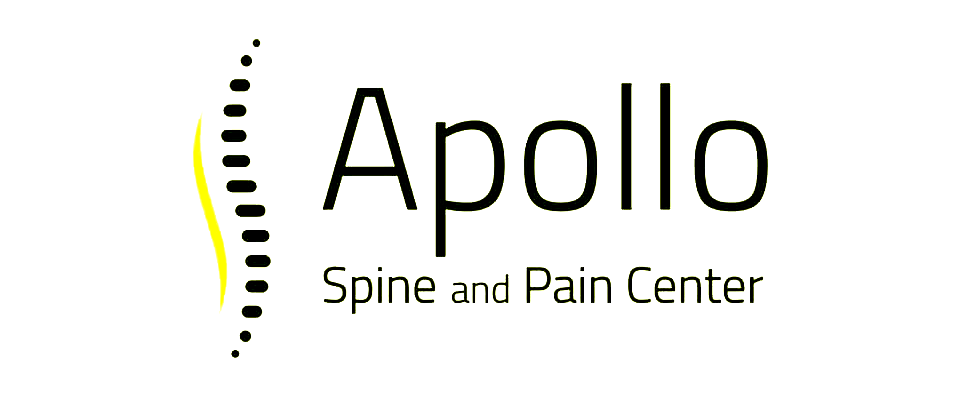Can Regenerative Medicine Help When Other Treatments Fail?
Regenerative medicine has been gaining attention as an innovative approach in the fight against chronic pain, particularly when usual treatments don’t quite succeed. It offers hope for those who have tried conventional solutions with little success. In essence, regenerative medicine focuses on using the body's inherent healing abilities to repair and renew itself. This can provide new options for pain relief and improved well-being.
As anyone who has dealt with ongoing pain knows, it can be frustrating when standard treatments do not bring the desired relief. It is in these moments that exploring alternative methods, like regenerative medicine, becomes vital. It's more than just a backup plan—it's a burgeoning field that may offer the breakthrough many have been waiting for.
What Is Regenerative Pain Management?
Regenerative pain management is all about helping your body fix itself. The idea is to use treatments that encourage your body to heal and rejuvenate on its own. While it might sound like something out of a sci-fi movie, it's a real and promising area in modern medicine.
One example is Platelet-Rich Plasma (PRP) therapy. In PRP, doctors take a sample of your blood, concentrate the platelets, and then inject them back into the area where you're experiencing pain. These platelets contain proteins that might help reduce inflammation and spur the healing process. Another approach is stem cell therapy, which introduces young, energetic cells into the damaged area with the hope that they will help repair the site.
These types of treatments offer the promise of not just managing pain but potentially reversing damage. Think of it as a blend of cutting-edge science and natural healing—your body doing what it does best, but with a little extra help. While there are still many questions to explore, regenerative pain management presents an exciting option for those looking for new ways to tackle persistent pain.
How Regenerative Medicine Works
Regenerative medicine taps into the body's natural healing abilities, aiming to boost this process for faster and more effective recovery. Treatments like PRP and stem cell therapy act as helpmates, giving this repair shop the tools it needs to do its job even better.
Here's how it works: when you're injured, your body sends cells to the damaged area to start the healing process. Regenerative treatments amplify this, promoting the production of new cells and tissues. These therapies encourage growth and repair by getting more helper cells into action, which can speed up recovery.
This method stands out from traditional treatments. While typical pain management techniques mainly focus on symptom relief, regenerative approaches aim to address the root of the problem. The idea is to repair and rejuvenate tissues instead of simply masking pain, offering a hope for a more lasting solution.
Benefits of Regenerative Medicine
Regenerative medicine offers promising benefits for those seeking a different kind of relief from chronic pain. Understanding what regenerative treatments bring to the table can help individuals make better decisions about their health care options.
- Long-Term Pain Relief: Unlike temporary fixes, regenerative treatments can contribute to lasting comfort. By addressing the underlying causes of pain, they pave the path towards more enduring relief.
- Reduced Need for Surgery or Medication: For individuals who prefer to avoid invasive surgeries or those worried about the side effects of prolonged medication use, regenerative options may offer a viable alternative.
- Improvement in Quality of Life: As pain diminishes, daily activities become more enjoyable. Whether it's playing with grandkids or engaging in a favorite hobby, a decrease in pain translates to more freedom and happiness.
These benefits paint a hopeful picture of what regenerative medicine can achieve. It's about taking a proactive step toward healing and enjoying life more fully.
Is Regenerative Medicine Right for You?
Considering whether regenerative medicine is the right path for you involves looking at your health needs and conditions. While it's an appealing treatment, it's not suitable for everyone, so understanding its applications is key.
Regenerative therapies can treat various conditions, including joint pain, back problems, and sports injuries. If you have tried other methods with little success, it might be time to see how these therapies could make a difference. However, several factors should be considered:
- Current health status: Certain medical conditions might affect eligibility for some treatments.
- Treatment goals: Clear personal goals can guide the decision-making process, weighing the potential benefits against expectations.
- Consultation: Speak with a healthcare professional to explore if this option aligns with your health and recovery objectives.
Making informed choices, with guidance from professionals, ensures that you find the most fitting approach to managing pain. Regenerative medicine might just be the answer for reclaiming control over your life.
Consider bringing the life-changing benefits of regenerative pain management into your journey toward healing. Apollo Spine and Pain Center in Cumming, GA, can guide you in understanding how these innovative therapies might fit your needs. Discover more about how regenerative pain management might be the key to a renewed, pain-free lifestyle. Reach out today to start exploring your options.












